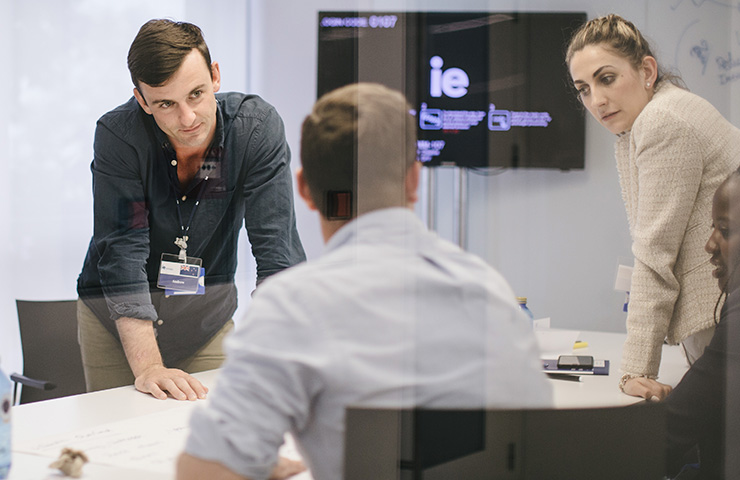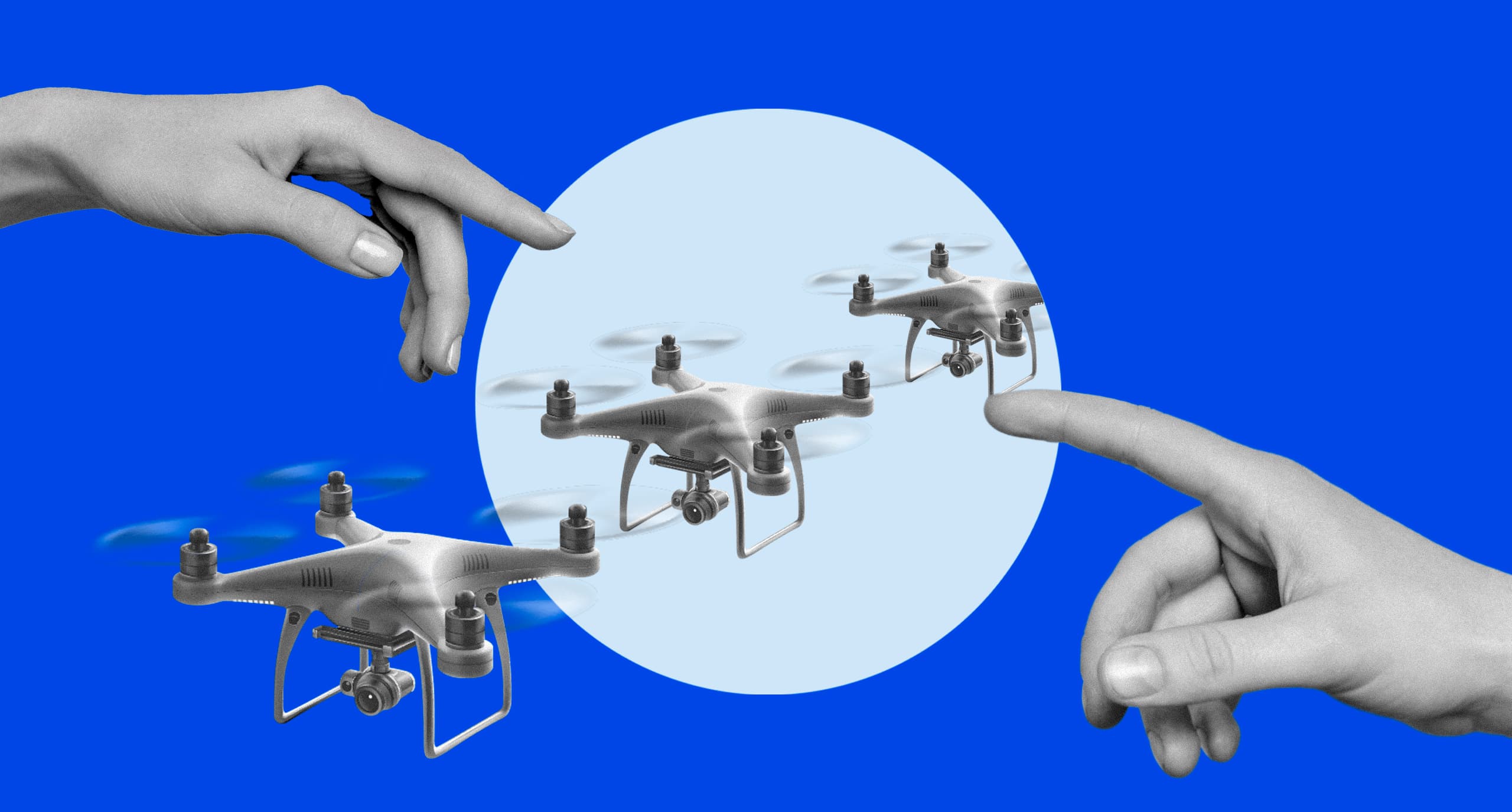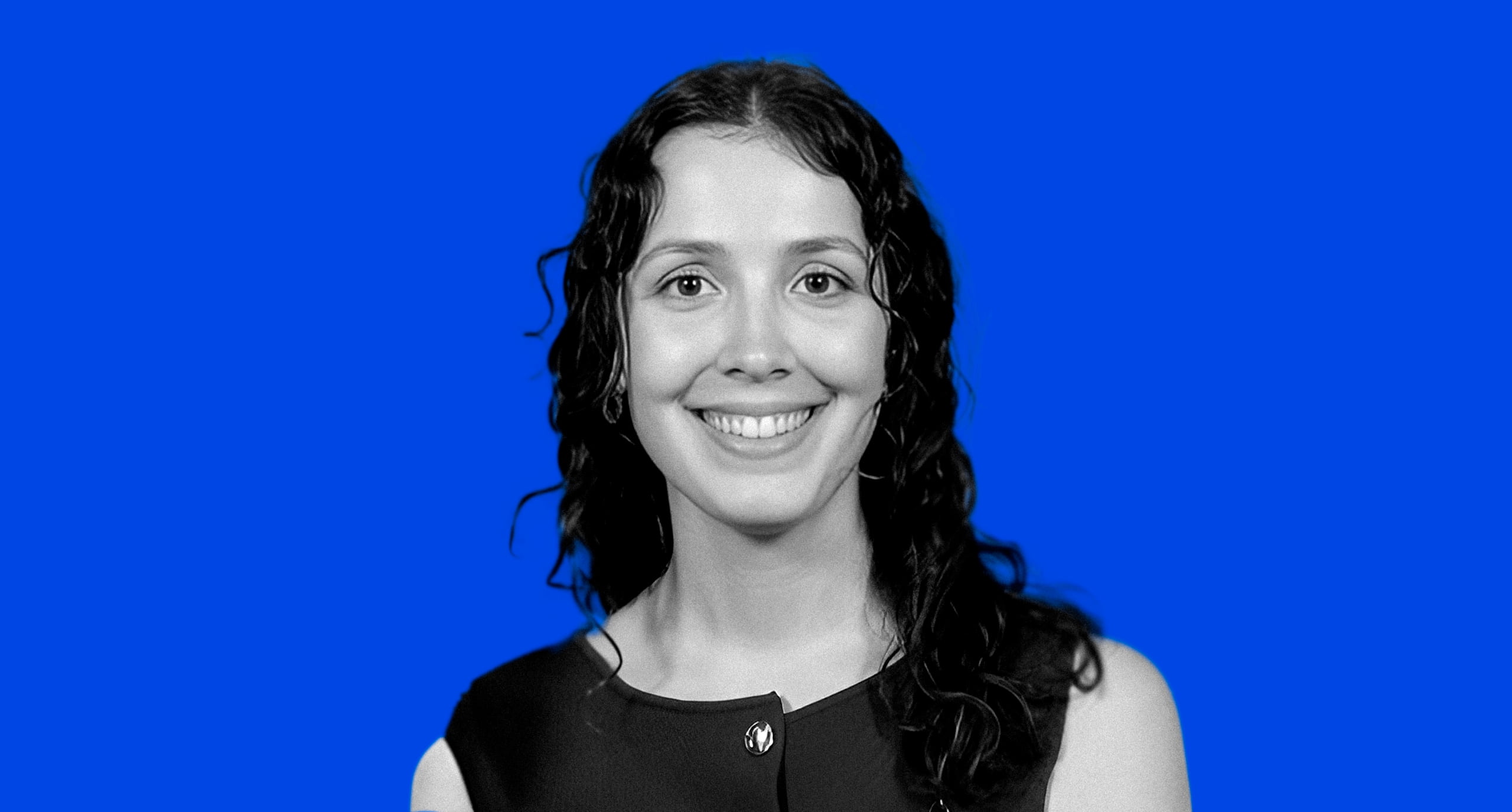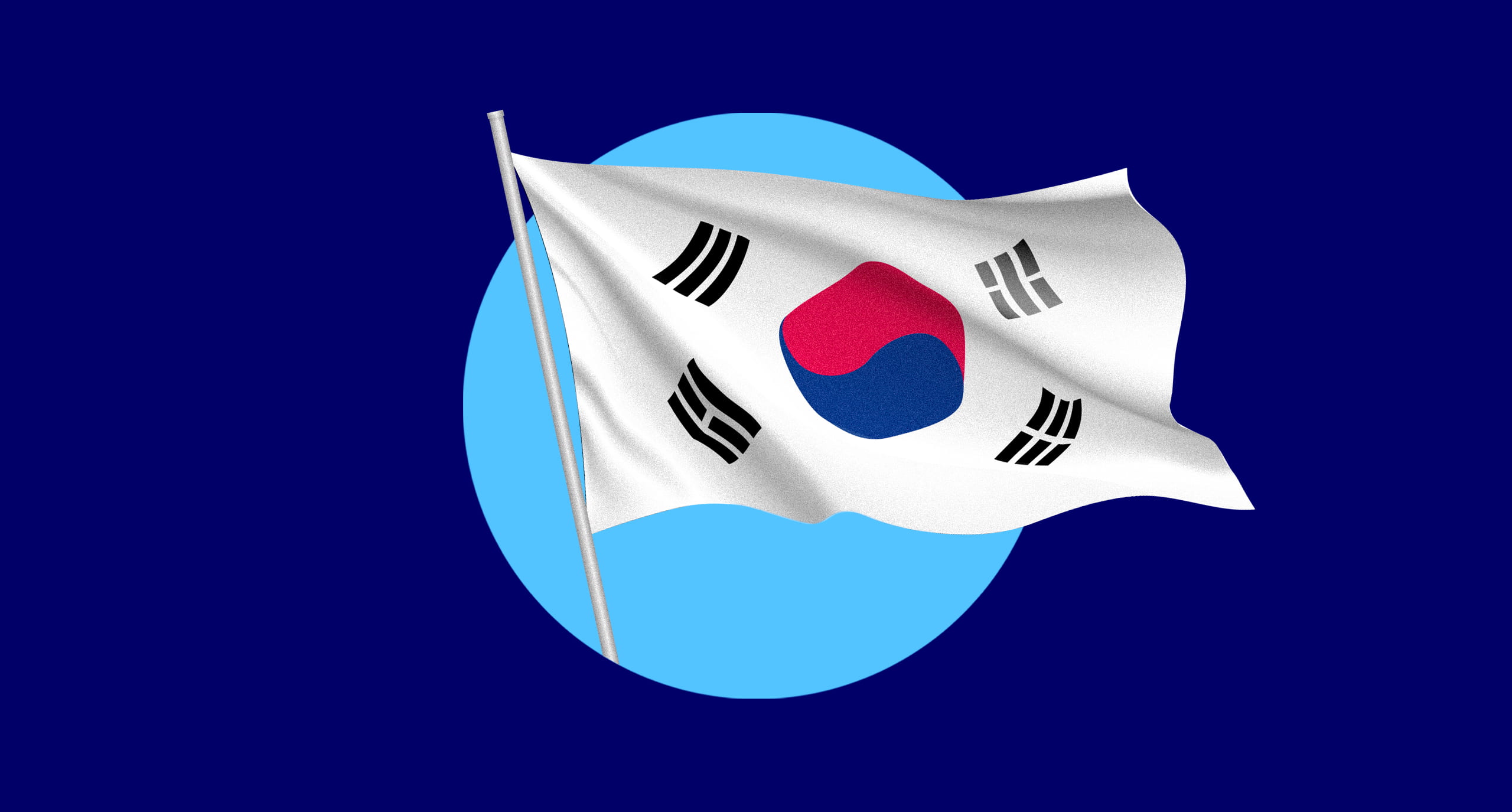17/04/2023
Executive Master in Digital Transformation and Innovation Leadership student, Berta Garzón Soto’s lifelong dream has been to specialize in hospitality. We interviewed her to find out her opinion on leadership, innovation and digital transformation.
Berta started her career by attending a hospitality school and working in different companies as a food and beverage assistant manager. On her way to where she is now, she’s worked in operations, sales and project management and is now working at the global consulting firm BCG.
Berta thrives on challenges; adapting to new environments and new industries. Her professional career has changed a lot, but she has always moved transversally. We caught up with Berta to hear about her journey of growth and how her Master is helping her level up her career.
When and how did you realize you needed to boost your career with this Master?
Technology is touching everything. For me, the “aha” moment was that there will never be a “correct time” to learn this in an official way.
The program opens your mind. It gives you guidance on what you have to learn and what is out there. Then it’s up to you what you want to focus on or what you want to boost or how you want to continue. I thought that having these resources and learning from other professionals’ experiences was key to keep growing in the direction that I’m growing right now.
What do you highlight from your cohort?
Our cohort this year is a team. We learn a lot from each other. Inside and outside of class, we share our experiences and every time something new pops up, we share that knowledge. The network that the program provides helps us feed each other with experiences and knowledge.
The program gives you guidance, but in the end, you are in control of what you get and what you bring to the program. I think it’s beautiful because we are a very diverse group in terms of industry background. We work, we have different experiences, we come from different parts of the world, and we have different points of view. This gives you the opportunity to get “out of the box” and to think differently.
What is your biggest takeaway from the Master so far?
One is from our professor Ana Alonso. She said, “Innovation is not for the sake of innovation.” You need a goal, you need a North Star, and you need to plan. But at the same time, small changes are part of those innovations.
You have to understand how that goes into your company, how that feeds it, how you strategize and how you implement it.

Another professor, Miqui, always says, “Show me the money.” That’s the quote of the program because every transformation or innovation has to be profitable.
What does innovative leadership mean to you?
There are several critical points to always look at when you innovate. You have to define where you want to go. You have to lead teams to work towards that, you have to enable people to do it and then create a safe environment for them to be able to share their ideas, provide feedback, and be able to retrain people to change.
I think that you can be a leader in different areas in different ways. But it’s by enabling others, helping others and sharing your experience of how you have learned, what you take from that and how others can apply that.
Do you think leadership is innate, or is it a skill that can be learned?
I believe that the person we are born to be and the way in which we grow give us a predisposition for some things. There are people that are very good at math, others are very creative, and you have different skills that are more natural to you. But that doesn’t mean that you cannot learn. There are many ways you can learn to be a leader.
Since each person has different skills, their leadership will be different as well. But I think that the basics and the goal of leadership—which is being an enabler to others—is something that you can learn too.
How are you incorporating your knowledge from the Master into your day-to-day work?
I think this goes both ways. For example, every day that you are in class, you’re working at the same time. You share what you see outside, you share your point of view, so you bring your experiences from what you do at work.

And the other way around. You learn different topics and you learn from your classmates who have their own experiences of work.
You learn from professors. They are learning every day from this changing world, and they show you what they are doing and what other companies are doing.
What is the hardest digital shift for a company to make? And the most important one?
All transformations and digital shifts are a challenge. I think that we always look at digital transformation as: “We want this technology and we are going to apply this.” But there are many things to consider besides the technology itself.
It’s a combination of everything. In the end, we are people, we have to learn new things, we have to get familiar with new tools, we have to go through different processes, our world can change from one day to another—then you have to retrain people to be able to use technology, and you have to get new talent to be able to develop that technology. You have to do a cultural shift in your company as well because you’re getting into a different world.
Do you think companies are still reluctant to undertake digital transformation, and why?
You need resources and you need to be adaptable. You can turn a small company into a big company. But for digital transformation, you need resources, a plan and a journey. It’s not as easy as jumping into a website, opening it and starting to sell things. Everything changes. You have to shift your mind to do that. So I think that a culture shift, resources, having a plan, taking the full journey and going step by step instead of doing everything all at once is key.
When you work from home and work remotely, the way you work with your teams is different. You have to define how you’re going to communicate and when is the right time and how. You need protected time as well. When we work at home, our work never ends. You need to define those rules with your team as well.








